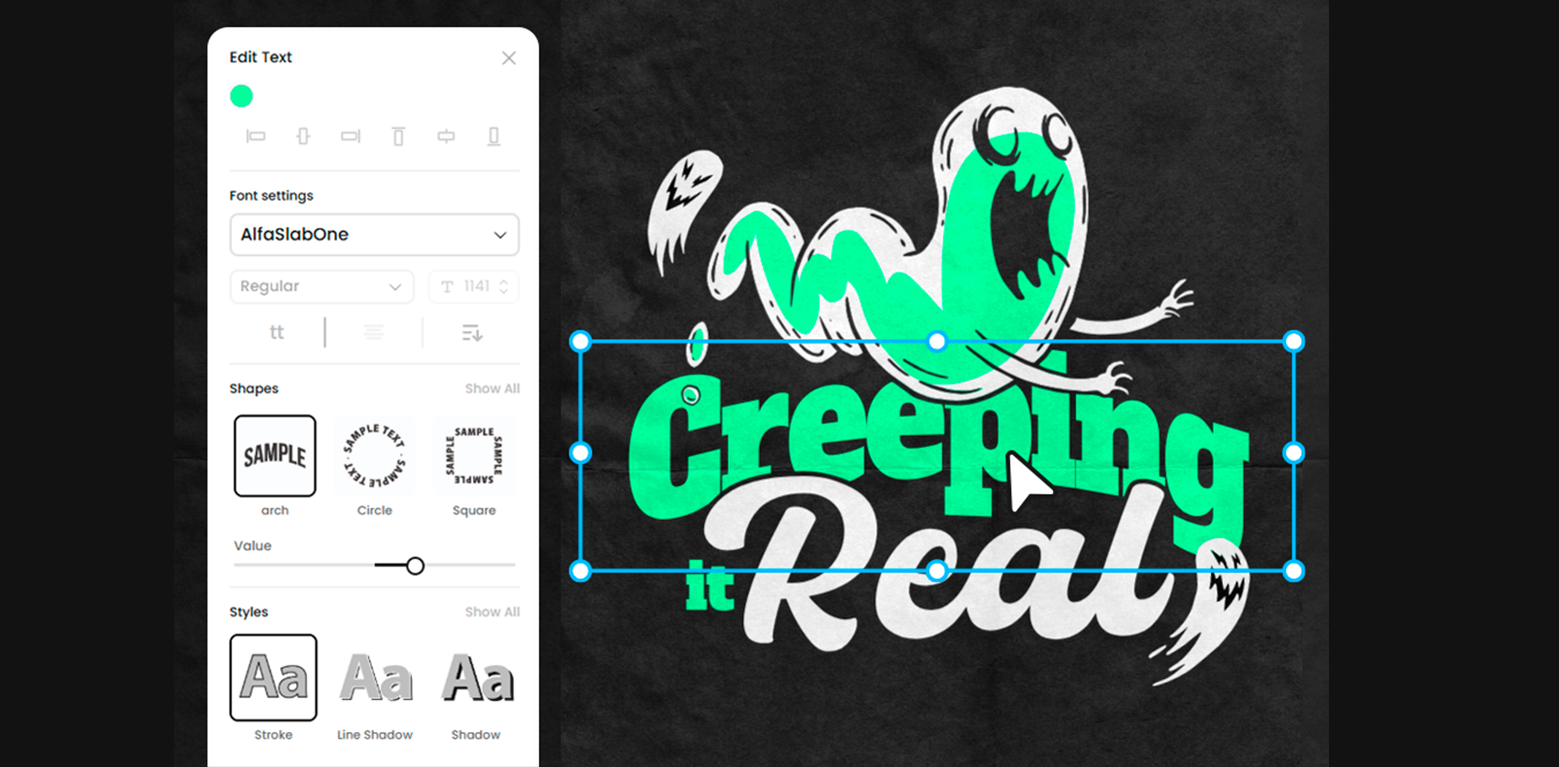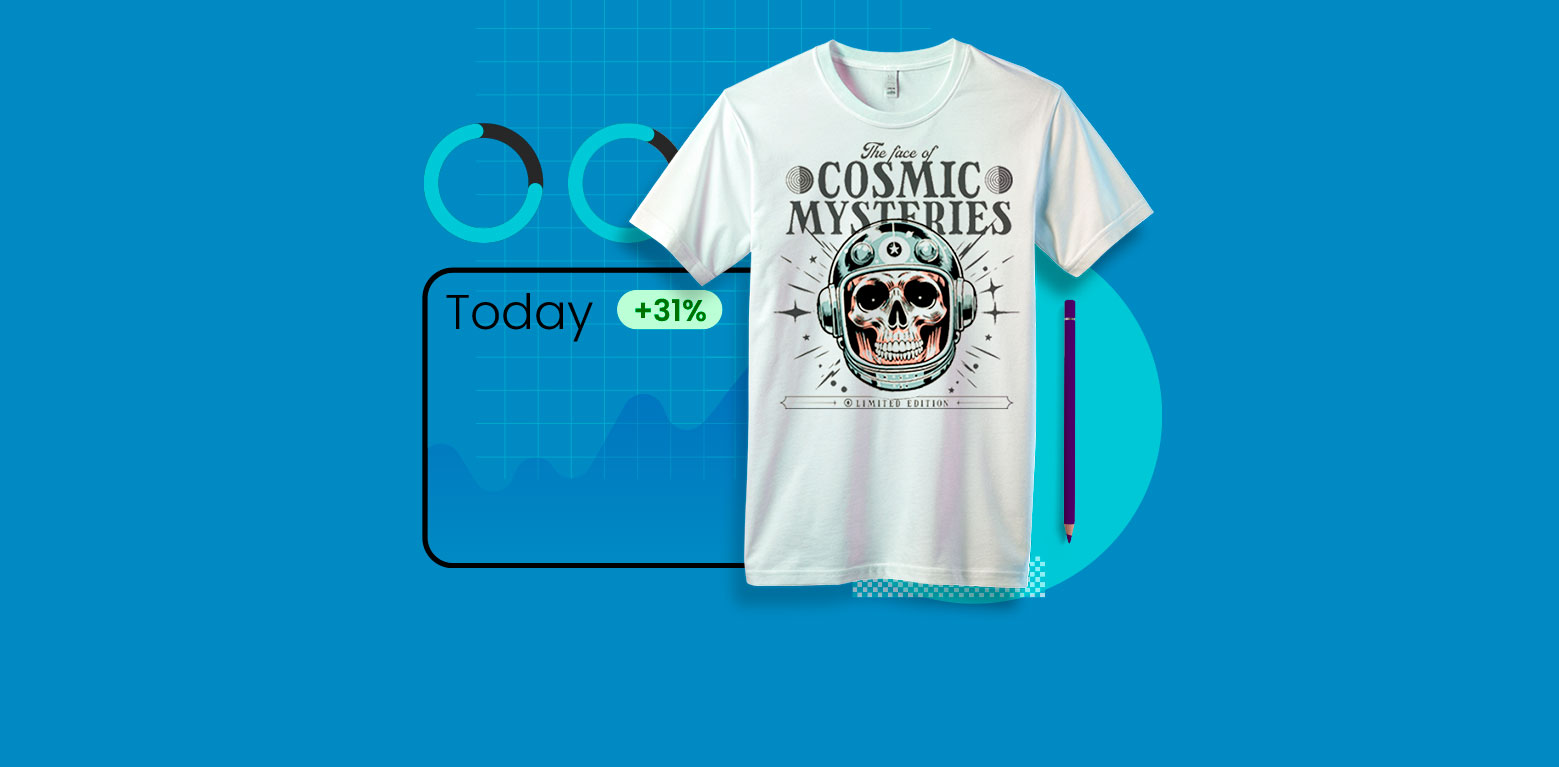The unique thing about websites as a form of expression is that they can be redesigned at a whim. If you’re not satisfied with the way your website looks, feels, or functions, you are free to change it in any way you like. And often, there are good reasons for doing just that. A fresh redesign can help you gain more organic traffic, improve conversion rates, or strengthen your brand authority.
With that being said, if you start changing your website without making a plan beforehand, the results can be hard to determine. Existing visitors, subscribers, and customers might not be happy about the changes (at least at first), or you might fail to attract enough new ones to justify the redesign. And if you try to follow up on this by doing another redesign, you might end up alienating even more people in the process.
In order to avoid such outcomes, you have to think things through well in advance. So to help you turn your website redesign into a success, we have compiled a list of things you ought to keep in mind before you start making changes.
 1. Tech Upgrade
1. Tech Upgrade
The first thing you should do before a website redesign is decide whether you should perform a tech upgrade. Web technologies are evolving at a rapid pace. To illustrate, HTML is in its 5th iteration, CSS is well past version 4.0, and JavaScript (or ECMAScript to be precise) just released version 10 last June. And these are only the core technologies. Various frameworks, libraries, and modules that comprise the web dev ecosystem (such as Angular, React, Node.js, etc.) are under constant development as well.

Switching to a newer version for some of these components can make your website safer, faster, and more feature rich. But doing so can also introduce conflicts with other technologies you’re using. If you don’t feel confident in your ability to decide whether a tech upgrade is in order, you should consider hiring a professional web developer to do a site audit, and offer suggestions on what should be improved.
2. Scaling
Another tech-related thing to consider is website scaling. If your business is in its growing phase, making sure that your website can handle additional traffic is of prime importance. Failing to scale up your online operation will make your website a chore to use, so all that extra traffic will do you little to no good. This is especially true if you’re running an ecommerce storefront.
Scaling up your website commonly involves switching to dedicated hosting with a reputable hosting company. WordPress hosting and similar solutions simply won’t cut it past a certain point. Another important scaling factor is the type of media resources you’re using. While serving uncompressed, high-resolution images might be manageable if you have light traffic, they can create a significant bottleneck if you start serving thousands of customers per day.
3. New Features
In addition to expanding the existing features of your website, you can also opt to introduce completely new ones. Thanks to modern web technologies, you can now embed pretty much anything into a website, including video and music players, application front-ends, video games, streaming interfaces, and more. Not every website needs these features, but some can greatly benefit from them.
For example, if you are running a gaming news website, providing the option to play games online can create additional engagement for your users. Similarly, if you publish a lot of content on hot topic issues, creating a forum for users to discuss them further will earn you a lot of community goodwill. Some of these features will require you to upgrade your website infrastructure, while others can be seamlessly integrated with what you have already.
4. Cybersecurity
The final thing to consider in terms of tech before a redesign is website security. The development of web tech has been a great boon for business, but it has also given hackers and other malicious third parties powerful new tools for staging cyber attacks. You can never predict if your website will come under attack, so it’s best to be prepared for the worst case scenario. There are several ways you can ensure that your redesigned website is secure.
 First, you should hire a cyber-security expert to audit your existing site for vulnerabilities. These come in the form of outdated website plugins and components, improperly secured online forms, links to malicious websites, and viruses. Second, you should make sure you perform regular backups of your data, so you can recover faster from an attack. Finally, you should take all precautions to protect sensitive user data, such as credit card numbers and passwords, by using secure forms.
First, you should hire a cyber-security expert to audit your existing site for vulnerabilities. These come in the form of outdated website plugins and components, improperly secured online forms, links to malicious websites, and viruses. Second, you should make sure you perform regular backups of your data, so you can recover faster from an attack. Finally, you should take all precautions to protect sensitive user data, such as credit card numbers and passwords, by using secure forms.
5. Customer Experience
Technology plays an important role in website redesign, but it’s not all there is to it. Some would argue that design is not so much about the website itself, but the way your users and customer experience it. For instance, a feature that you might want to have for technical reasons, might not be a feature your customers actually want or need.
 The key to a user-friendly website redesign is to find out what your customers actually want, and then make the appropriate changes. There are several ways you can gauge customer opinions about your website. The most direct way is to ask them directly via email, social media, or website form. A more data-focused approach would be to track metrics such as time spent on page, click-through rate, social media likes, etc. viamodern CRM software. This will give you a solid foundation to work from.
The key to a user-friendly website redesign is to find out what your customers actually want, and then make the appropriate changes. There are several ways you can gauge customer opinions about your website. The most direct way is to ask them directly via email, social media, or website form. A more data-focused approach would be to track metrics such as time spent on page, click-through rate, social media likes, etc. viamodern CRM software. This will give you a solid foundation to work from.
6. Re-branding
Another reason why you might want to redesign your website is for the purpose of rebranding. There are many cases where changes within your company may necessitate a transformation of its image as well. And since your website is a part of your company image, adapting it to suit your newfound identity can be a smart move.
 For instance, a company rebranding usually involves redesigning the company logo, so in order to maintain brand consistency, you should change your website to be in line with the new one. Another thing you might want to change is the overall look & feel of your website. Switching from a flat, monochromatic design to a more colorful one can completely transform your website UX. The same goes for other visual elements of your site, such as fonts, favicons, buttons, and element groupings.
For instance, a company rebranding usually involves redesigning the company logo, so in order to maintain brand consistency, you should change your website to be in line with the new one. Another thing you might want to change is the overall look & feel of your website. Switching from a flat, monochromatic design to a more colorful one can completely transform your website UX. The same goes for other visual elements of your site, such as fonts, favicons, buttons, and element groupings.
7. Content Repurposing
Content plays a critical role in web design. Without content, a website would be like an empty picture frame – pretty to look at, but without substance. When you decide to redesign your website, you should be aware that your website content will require fine-tuning as well.
 For example, take content length. A 3000-word listicle has a certain visual distribution of text which might not go along with a design focused on narrow columns and lots of whitespace. Similar concessions have to be made if you’re trying to redesign your website for mobile viewing. The good thing about content is that it is inherently customizable, which means that you can accomplish a lot with small changes. Some companies opt to create completely new content after a redesign, which is extremely wasteful. Instead, try to re-purpose the content you already have to make it fit with the new design.
For example, take content length. A 3000-word listicle has a certain visual distribution of text which might not go along with a design focused on narrow columns and lots of whitespace. Similar concessions have to be made if you’re trying to redesign your website for mobile viewing. The good thing about content is that it is inherently customizable, which means that you can accomplish a lot with small changes. Some companies opt to create completely new content after a redesign, which is extremely wasteful. Instead, try to re-purpose the content you already have to make it fit with the new design.
Redesigning With a Plan
Redesigning your website is a major move, and one that has the potential to improve your online standing in many ways. It is also a risky move – even if you carry out all the changes successfully, chances are your existing customers won’t like it. So in order to avoid this scenario, you should think things through in advance. And if you need a reminder of what factors are at play during a redesign, you can bookmark this article for future reference.





